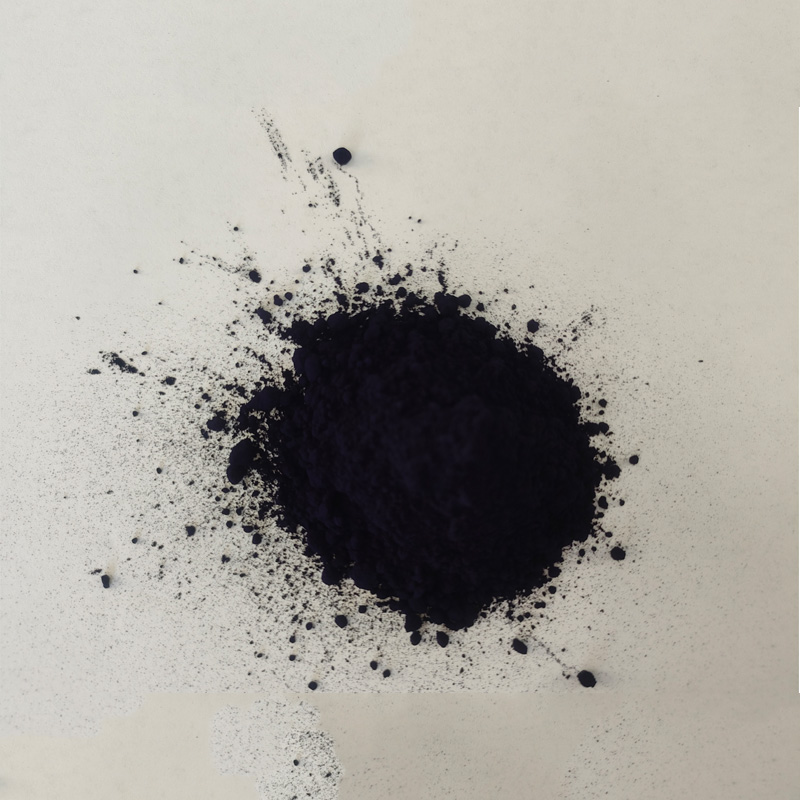Exploring the Art of Custom Indigo Dye in India’s Rich Textile Heritage
The Art of Indigo Dyeing in India A Customary Tradition
Indigo, one of the oldest dyes known to humanity, has played a pivotal role in the cultural and economic landscape of India for centuries. The deep, rich blue hue derived from the indigo plant has not only adorned textiles but has also woven itself into the fabric of Indian tradition and history. This article delves into the process of indigo dyeing in India, its cultural significance, and the efforts toward its revival in the contemporary world.
Historical Significance
Indigo dyeing in India dates back to ancient civilizations, with evidence of its use found in archaeological sites. Its prominence surged during the Mughal era, when artisans developed sophisticated dyeing techniques that captivated global markets. The demand for indigo soared, leading to the establishment of plantations specifically for this purpose. However, this boom was not without its challenges; the Indigo Revolt of 1859 highlighted the exploitation of farmers, leading to significant socio-political changes in the country.
The Indigo Dyeing Process
The traditional process of indigo dyeing involves several intricate steps, each contributing to the unique character of the fabric. The journey begins with the harvesting of the indigo plant, specifically the leaves, which are then fermented to extract the dye. This fermentation process is critical as it transforms the insoluble indigo into a soluble form known as leucoindigo.
Once prepared, the dye is applied to fabrics through various techniques, including tie-dyeing, block printing, and batik. One of the most celebrated methods is Bandhani, wherein the fabric is tied tightly with threads before dyeing, creating intricate patterns. Each technique has its own regional variations, reflecting the diverse cultural heritage of India.
Cultural Significance
custom india indigo dye

Indigo dyeing is not just a craft; it represents a deep-rooted cultural identity in many Indian communities. Regions such as Gujarat, Rajasthan, and Andhra Pradesh are renowned for their indigo textile traditions. The craft is often passed down through generations, with families taking pride in their mastery of techniques and patterns.
Moreover, indigo holds a special place in Indian rituals and traditions. Many communities wear indigo-dyed attire during festivals, believing that the color brings good fortune and ward off evil spirits. The dyeing process itself is often a communal activity, fostering a sense of unity and collaboration among artisans.
Contemporary Revival
In recent years, there has been a resurgence of interest in natural dyes, including indigo, as part of the broader movement towards sustainable and eco-friendly fashion. As consumers become more conscious of the environmental impact of synthetic dyes and fast fashion, traditional indigo textiles are gaining popularity both domestically and internationally.
Organizations and artisans are working tirelessly to revive indigo dyeing by promoting its cultural significance and sustainability. Workshops and training programs are being conducted to teach the techniques to younger generations, ensuring that the art of indigo dyeing continues to thrive. Local and global brands are also collaborating with artisans, providing them with a platform to showcase their products and reach a wider audience.
Conclusion
Indigo dyeing in India is a beautiful blend of art, tradition, and sustainability. It serves as a reminder of the country’s rich heritage while offering solutions for a more sustainable future. As we embrace the vintage aesthetic of indigo textiles, we also honor the artisans who dedicate their lives to this ancient craft. In a world increasingly dominated by mass production, the allure of handcrafted indigo fabrics, with their stories and complexities, continues to captivate hearts across the globe. The resurgence of this age-old tradition not only preserves cultural identity but also promotes environmental consciousness, creating a harmonious balance between past and present.
-
The Timeless Art of Denim Indigo Dye
NewsJul.01,2025
-
The Rise of Sulfur Dyed Denim
NewsJul.01,2025
-
The Rich Revival of the Best Indigo Dye
NewsJul.01,2025
-
The Enduring Strength of Sulphur Black
NewsJul.01,2025
-
The Ancient Art of Chinese Indigo Dye
NewsJul.01,2025
-
Industry Power of Indigo
NewsJul.01,2025
-
Black Sulfur is Leading the Next Wave
NewsJul.01,2025

Sulphur Black
1.Name: sulphur black; Sulfur Black; Sulphur Black 1;
2.Structure formula:
3.Molecule formula: C6H4N2O5
4.CAS No.: 1326-82-5
5.HS code: 32041911
6.Product specification:Appearance:black phosphorus flakes; black liquid

Bromo Indigo; Vat Bromo-Indigo; C.I.Vat Blue 5
1.Name: Bromo indigo; Vat bromo-indigo; C.I.Vat blue 5;
2.Structure formula:
3.Molecule formula: C16H6Br4N2O2
4.CAS No.: 2475-31-2
5.HS code: 3204151000 6.Major usage and instruction: Be mainly used to dye cotton fabrics.

Indigo Blue Vat Blue
1.Name: indigo blue,vat blue 1,
2.Structure formula:
3.Molecule formula: C16H10N2O2
4.. CAS No.: 482-89-3
5.Molecule weight: 262.62
6.HS code: 3204151000
7.Major usage and instruction: Be mainly used to dye cotton fabrics.

